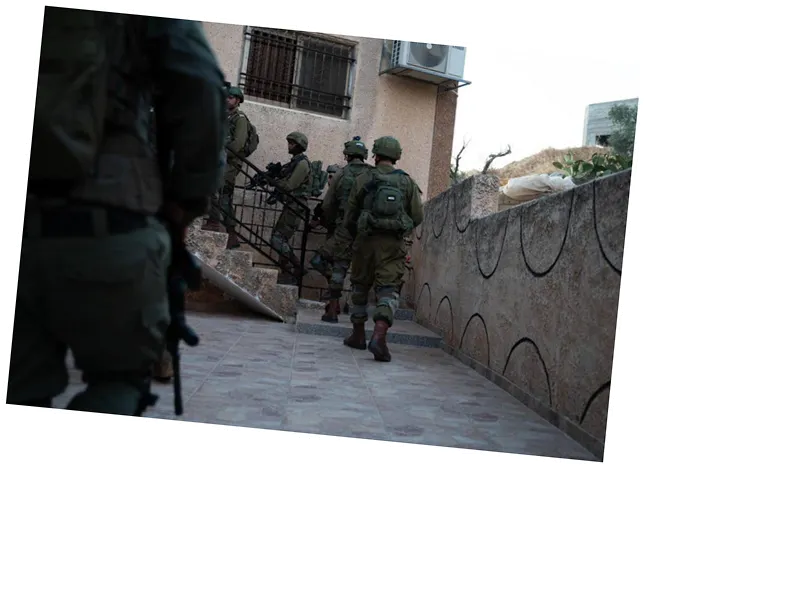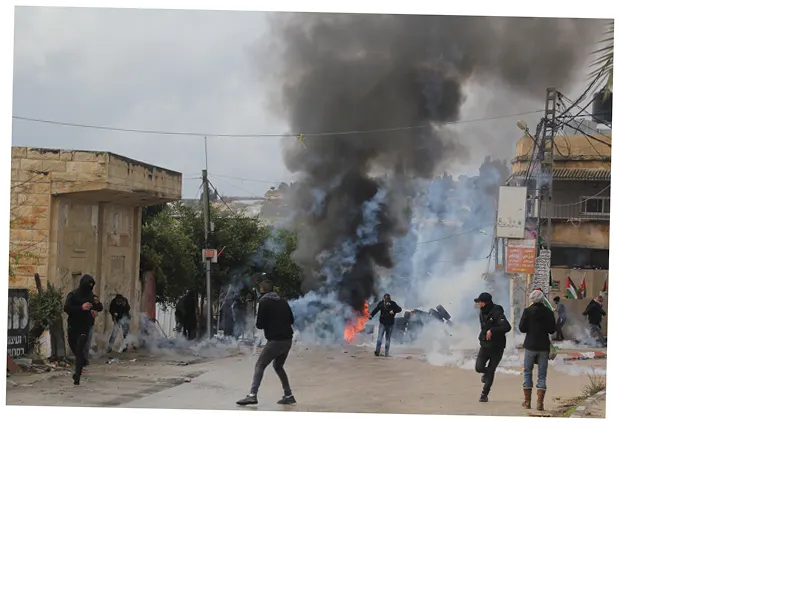Understanding the Hebron Operations: A Historical Perspective
The recent escalation of violence in the Hebron area, particularly highlighted by the Tarqumiya checkpoint operation, marks a significant return to conflict after months of relative calm. This operation, occurring just hours after attacks on the Etzion and Karmei Tzur settlements, underscores the ongoing tensions in the southern West Bank. The Hebron region, with its complex history and strategic importance, has long been a focal point in the Israeli-Palestinian conflict.
Hebron, a city steeped in history and conflict, is divided into two areas: H1, which is under Palestinian Authority control, and H2, which remains under Israeli control. This division, established by the Hebron Agreement in 1997, has led to a fragmented urban landscape, characterized by military checkpoints and settlements that have created isolated communities. The occupation has intensified its measures in recent months, particularly in light of the ongoing war in Gaza, leading to increased restrictions and a curfew that has affected hundreds of families.
The Hebron Response: A Growing Resistance
The recent operations in Hebron are not isolated incidents but rather a response to the broader context of occupation and violence faced by Palestinians. According to Asaad Al-Awiwi, a professor of Palestinian Studies, these operations reflect the frustrations and tensions among the Palestinian youth, driven by the escalating Israeli military actions across the region. The spontaneous nature of these operations, exemplified by the Tarqumiya checkpoint incident, indicates a shift towards more organized resistance efforts among the youth.
Historically, Hebron has been a significant player in the Palestinian uprisings, contributing to a series of notable attacks and acts of resistance. Since the beginning of 2018, the city has witnessed over 120 martyrs and thousands wounded, with various forms of attacks recorded. The resilience of the Hebron population, despite the overwhelming military presence and restrictions, highlights the ongoing struggle against occupation and the quest for freedom.
- The Hebron region has a rich history of resistance, with notable operations dating back to the First Intifada in 1987. The city has been a hotbed of activity, with various forms of resistance taking shape over the years, including bombings, shootings, and organized protests. The **Palestinian Authority** and local factions have often coordinated efforts to respond to Israeli military actions, although recent operations appear to be more spontaneous in nature. The impact of the Israeli occupation on daily life in Hebron cannot be overstated. Families face daily challenges due to the presence of military checkpoints and the constant threat of violence. International organizations have provided some support, but the situation remains dire, with many residents expressing a sense of helplessness amid ongoing conflict. The historical significance of Hebron, coupled with its strategic location, continues to make it a focal point in the broader Israeli-Palestinian conflict.






